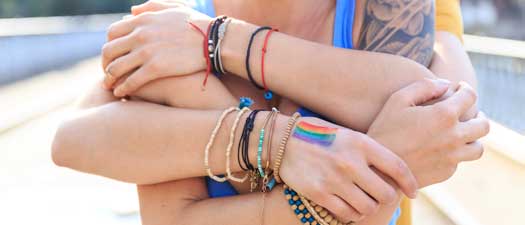Video visit appointments
To schedule an orthopedics video visit or to talk about your care, log in to MyChart.
To enter your scheduled video visit appointment, select the button below.
If you have pain, bone and muscle problems related to an injury, our orthopedic teams in Edmonds, Everett and Smokey are here to help.
Like you, our orthopedic providers enjoy active lives. Our goal is to help you move and do what you enjoy, whether you’re:
- Training as a competitive athlete
- Playing sports for fun
- Trying to stay fit or move more to stay healthy
You’ll have a team working together for your health and healing in orthopedics. Orthopedics provides the following services:
- Help with healing from sports-related injuries
- Surgery with the least amount of cuts or incisions to a joint (where two bones come together)
- Physical therapy or help to heal and regain movement
- Outpatient surgery or surgeries when you can leave the same day as your surgery and heal faster
Please note, we suggest that patients under age 4 be seen at Seattle Children’s Hospital (Everett or Seattle campus).
Contact us
To schedule an appointment or for more information, call 1-425-339-5447.
Our services
-
OR
-
OR
-
OR
-
OR
-
OR
-
OR
-
OR
-
OR
-
OR
Our care team
——
Andrew Pastor, MD
Specializes in orthopedic shoulder and elbow surgery, shoulder arthritis and forearm
Helpful resources
——

Health and wellness library
Read articles, watch videos and learn how to be a healthier you.










